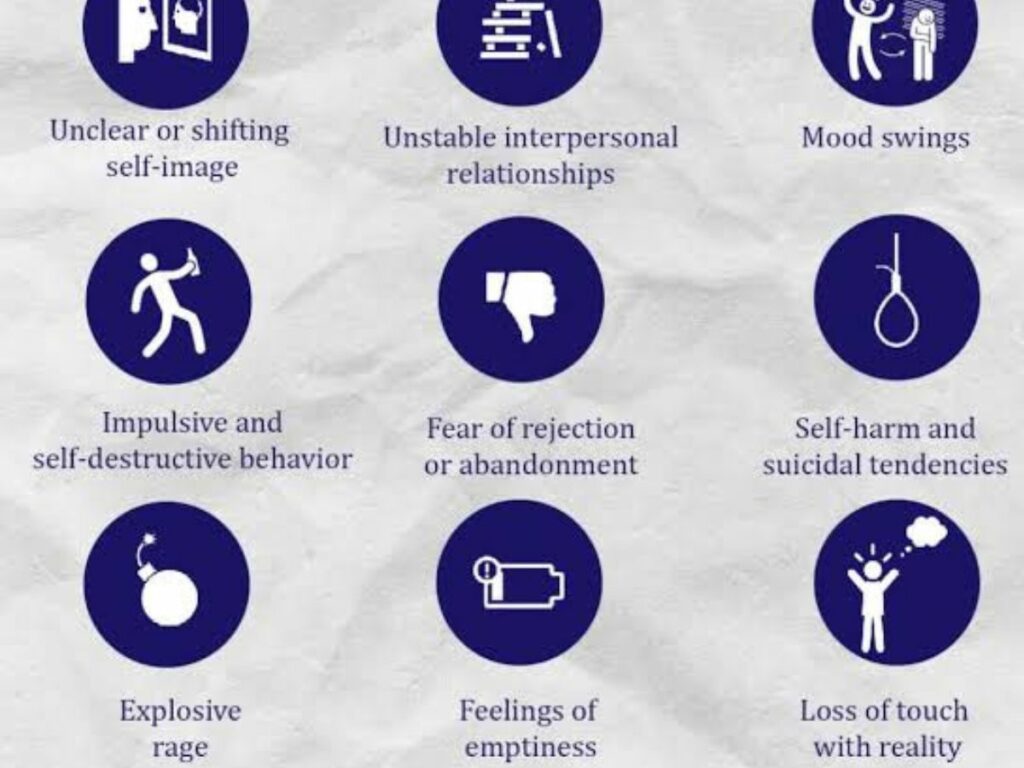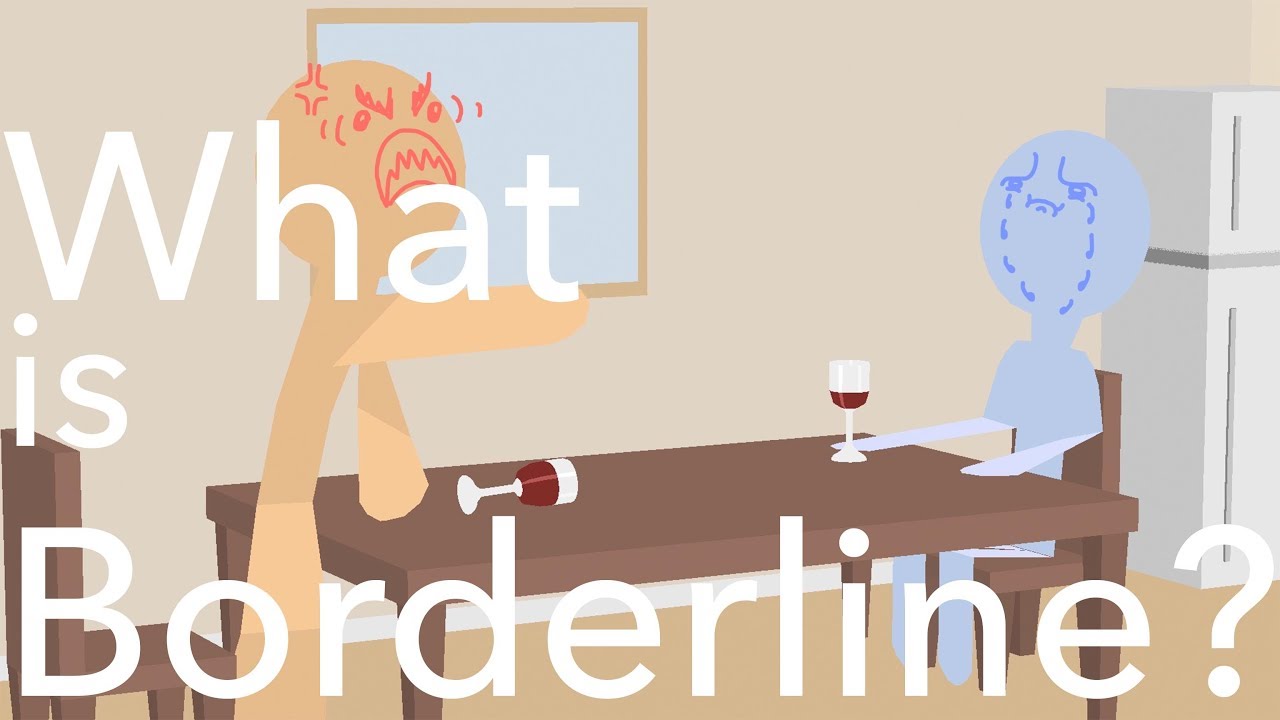The 29-year-old comedian and Kim Kardashian’s ex recently shared about his mental health diagnosis. Pete Davidson is heading to rehab soon. And after years of struggling, he finally got some clarity over his mental health issues.
Today we will take a look at what disorder the ‘Bupkis‘ star struggles with. Davidson has been diagnosed with Borderline Personality Disorder. So let’s take a closer look at what this is and try to understand what he is suffering from.
Related: What Is Stiff-Person Disorder, The Rare Disease Celine Dion Suffers From?
What’s Pete Davidson’s Diagnosis?

Pete Davidson was diagnosed with Borderline Personality disorder in 2018. A source told PageSix about his recent rehab stint: “Pete regularly goes to rehab for ‘tune ups’ and to take a mental break, so that’s what’s happening.”
The comedian also has PTSD as he lost his firefighter father in the 9/11 terrorist attacks when he just 7 years old. So, now, Pete is “taking a well deserved break so he can focus on himself and learn to better deal with his PTSD issues.”
In Case You Missed: Top 10 Famous Celebrities Who Have Parkinson’s Disease
What Is Borderline Personality Disorder And What Are Its Symptoms?

Borderline Personality Disorder is a type of mental disorder with extreme mood fluctuations, instability in interpersonal relationships and impulsivity. Those suffering from BPD have severe anger issues, are impulsive and tend to do self-harm.
BPD comes under ‘Cluster B’ personality disorders. Which basically includes dramatic and erratic behaviors. Like other mental health issues, BPD is also a chronic dysfunctional disease.
According to Cleveland Clinic, in BPD, mood and behavior change rapidly in response to significant stress. This occurs especially when interacting with other people.
The most common time for symptoms of BPD to appear are in the late teenage year and early adulthood. There are a number of symptoms that might point to BPD. BPD mainly occurs due to childhood trauma and abuse, brain damage or other reasons. But these nine symptoms might be present in most cases.
- Fear of abandonment
- Unstable, intense relationships
- Unstable self-image or sense of self
- Rapid mood changes
- Impulsive and dangerous behavior
- Repeated self-harm or suicidal behavior
- Persistent feelings of emptiness
- Anger management issues
- Temporary paranoid thoughts
Apart from these symptoms, people with BPD can also have other personality disorders like anxiety disorder, eating disorder, substance abuse etc.
The Treatment

BPD is difficult to treat when compared with other personality disorders. Psychotherapy and medications are the frontline for treating BPD. However, treatment takes time and patience. Talk therapy is the best course of treatment. Talking with a therapist over time can decrease the symptoms and help you control them.
You Might Also Like To Read: What Is Multiple Sclerosis, The Disease That Selma Blair Is Diagnosed With?






